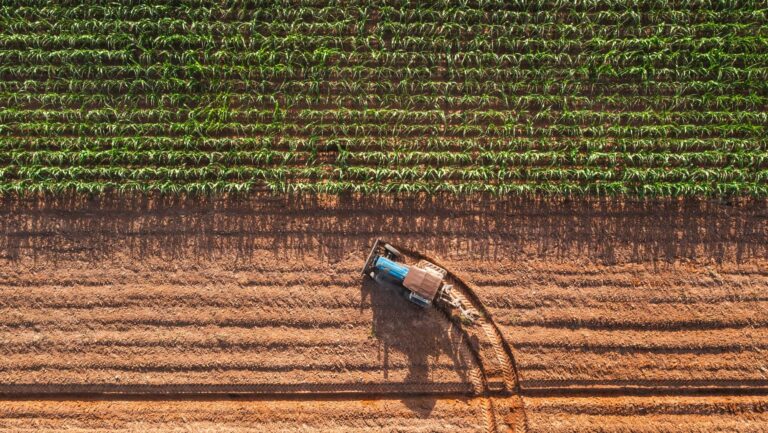Food Plots on Your Recreational Land
How Food Plots for Recreational Use Can Benefit Your Land and Increase Wildlife Habitat
Hunting has long been an important recreational and cultural way of life for rural farmers and families across America. When it comes to the state of Florida, there is a wide range of animals available to hunt. The animals typically harvested during a Florida hunt are whitetail deer, wild hog, wild turkey, quail, and others – depending on the season and location of the land.
Many farmers and their families don’t rely on hunting for the sole purpose of recreation. Allowing hunts or chartered hunting on private property is a great opportunity for landowners to bring in supplemental income. In any event, the introduction of food plots to your agricultural and recreational land could be a huge advantage for the quality of your hunts. AgAmerica Relationship Manager, Patrick Spinosa, discussed food plots in his recent column in Central Florida Ag News, illustrating the benefits of food plots for recreational use.
What is a Food Plot?
Food plots for owners of recreational land present a great advantage when it comes to successful hunting and attracting wildlife. When developing a food plot, keep it simple and create a system that is as beneficial to the animal(s) you are trying to hunt or attract, as it is to the land. Food plots are meant to maximize the migration of animals and improve the nutrition of the land. Feeding plots are generally larger than hunting plots and encourage animals to move to the area by creating a safe haven.
When planning for a food plot, it is important to consider the size of your land, what areas are the most likely to attract animals relative to the areas you frequently hunt, and what type of food you will use. There are two types of food plots that can be created, a harvest food plot or a nutritional food plot. Harvest food plots will give an advantage to the hunter, and the size and shape of the plot should be considered in order to provide the best opportunities to hunt wildlife. Nutritional food plots offer forage all year for the wildlife you are trying to attract. Wildlife managers and hunters alike prefer the use of food plots because they provide vegetative cover and do not have to be replanted every year, saving time and money.
Food Plot Screens: Protect Crops & Increase Habitat
Another important aspect of food plot land management is ensuring your food plots are well covered and hidden from pathways or areas you or hunters frequently walk through. Implementing food plot screens and measures to protect your food plots can greatly increase the likelihood that animals will feel safe using your plot, thus increasing the habitat on your land.
Food plot screens allow you to shield or hide the food plots from people and predators and create a quality, secluded habitat for animals. The safe nature of food plots protected by screens will increase usage of the plots during the daytime. When choosing a screen, make sure to use a plant that won’t be considered food by deer or other wildlife. Egyptian wheat, switchgrass, and Sudan grass are all great choices to use. Natural barriers like a hillside or soil berm can also serve as screens for your food plot.
Seeds for Food Plots
Deciding what type of feed to accompany your food plot is one of the most important aspects of setting up your plot. First, you must understand the goal you are trying to accomplish with your plot. Do you want to attract wildlife year-round or just increase traffic and production for part of the year? Understanding the physical characteristics and primary purpose of the site will determine the best seed-mix for your food plot.
When putting down seeds for food plots, use a hand seeder and rough up the soil with a yard rake. The first rain will cover the seeds enough for good seed-to-soil contact. To attract deer, you should consider the fluctuations in the quantity and quality of deer food in Florida and accommodate warm and cool season forages in your food plots. This will provide the deer with high quality food all year long. Lastly, plant different seeds and mixtures in separate areas so you can determine which ones are the most popular. You can also consider planting a combination of seeds to provide a more diverse food source.
Investing in Your Food Plots
Food plots are an investment in your land and for some, your agribusiness. The monetary investment required to successfully install food plots on your land differs for everyone. If you are a recreational landowner looking for an agricultural lending solution to help you manage improvements such as the addition of food plots, check out our revolutionary 10-year line of credit. Moreover, if you are a farmer or rancher looking to purchase a tract of recreational land, we offer customizable land loans to meet your needs. Contact us today and let our team of experts help you make a wise investment that works for the long-term.






